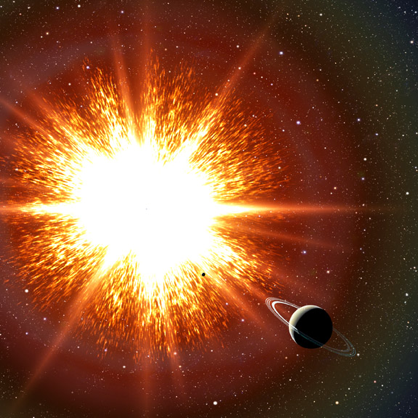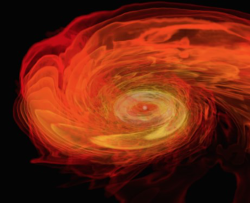Recent news
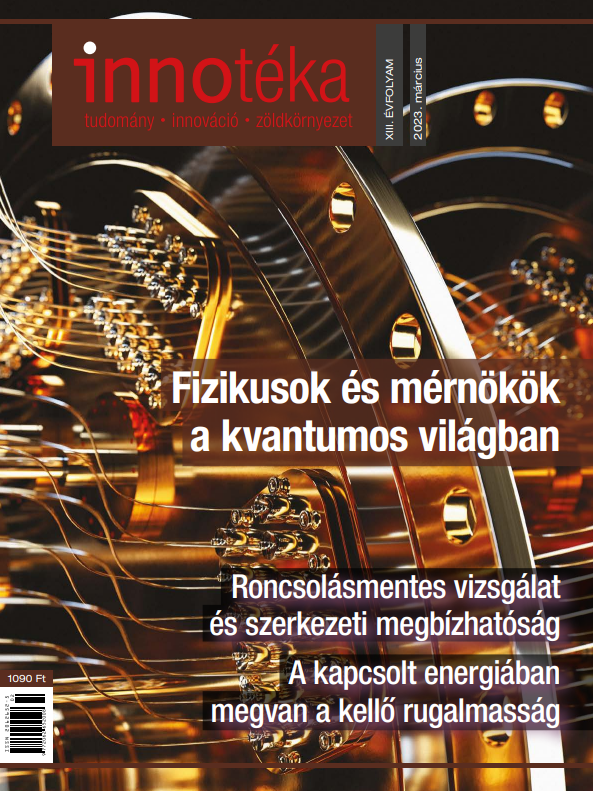
Explanation of isotopes formed during supernova explosions - ...The Italian researcher, Marco Pignatari, was already interested in astronomy and astrophysics, as well as stars and galaxies, long before his university studies. He studied physics at the University of Turin, although he struggled with the decision between physics and archaeology until the very last moment...
Read the full article here (p. 18-19): | innotéka - HU |

Shedding light on the Sun - "As questions abound about the Earth's closest star, scientists are seeking answers critical to forecasting solar flares that threaten satellites and other electronics."
Read the full article here: | Horizon |
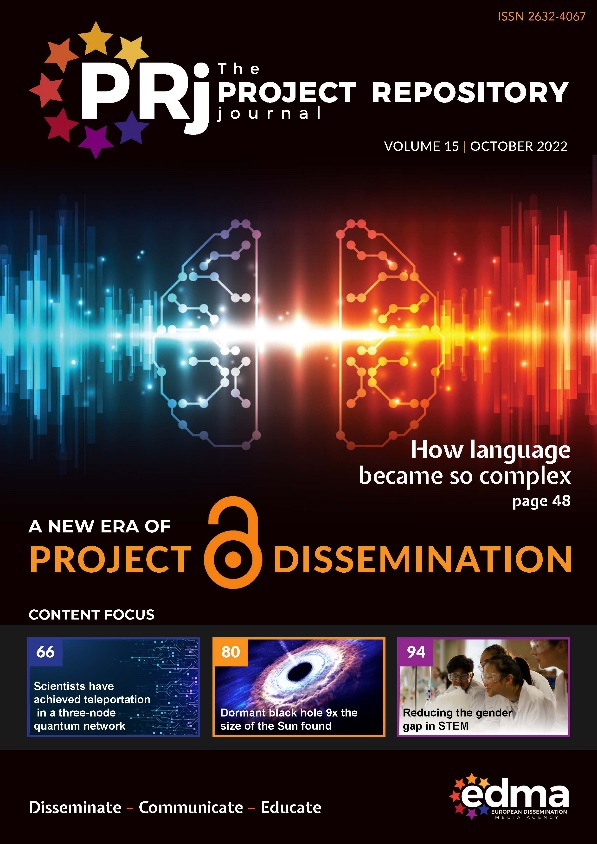
Explosions in the cosmos: core-collapse supernovae - "From our perspective, the Sun is a huge source of energy, and it is responsible for life on our planet. Still, at least once in their life, every human being, looked up and admired the stars populating the sky at night. By observring them, we have found that a number of them are much more massive than our warm and reassuring Sun. For example, in the summer, we observe Deneb, located in the Cygnus constellation and one of the Summer Triangle stars, and on winter nights, we can see the stars that compose the indistinguishable figure of the Orion constellation. These are just a few examples of stars that are at least ten times more massive than our Sun. What makes these objects special and different from our favourite star?"
Read the full article here: | The Project Repository Journal |

Investigating the development of the Milky Way using isotopes - "During my university studies, I thought I would become an experimental physicist, but when I heard the lecture titled 'Introduction to High Astrophysics' by Professors Thomas Rauscher and Friedrich-Karl Thielemann, I knew this was my field. After all, nuclear physics can explain many phenomena in the Universe," Benjamin Wehmeyer recounted about the beginnings...
Read the full article here: | innotéka - HU |
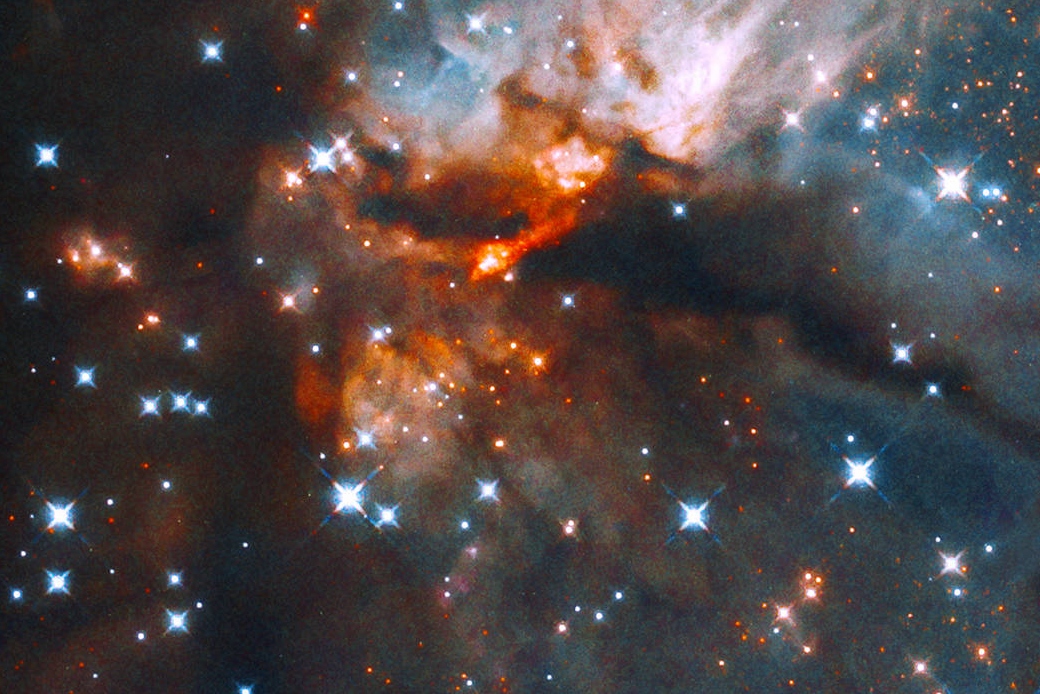
Radioactive isotopes from stars - "Maria Lugaro and Marco Pignatari, Senior Researchers at the Research Centre for Astronomy and Earth Sciences examine radioactive isotopes from stars, from the archaeology of solar system material to modern supernovae"
Read the full article here: | Open Access Government |

Radioactive isotopes: astrophysics answers in abundance - "How were the elements which we are made of formed? How can meteorites and deep-sea sediments help us better understand nuclear processes and propagation phenomena in the galaxy? How can they help us understand if our solar system is unique or if it has many siblings? "
Read the full article here: | The Project Repository Journal |
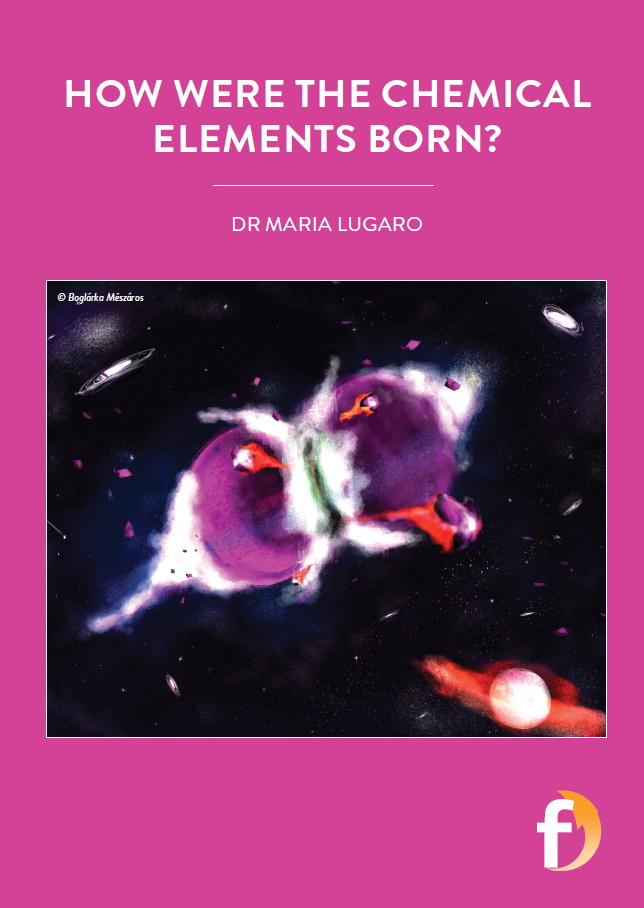
How were the chemical elements born? - "Once upon a time, just after the Big Bang, most of the elements in the Periodic Table did not exist. All there was in the Universe was hydrogen and helium. From these lightest chemical elements came increasingly heavier species, cooked through the nuclear processes inside stars. Eventually, even the heaviest elements came along through processes like neutron captures, until we reached the variety of chemical elements we know today. The Sun and its Solar System, including our Earth, formed out of a dense cloud of gas and dust made up of all these elements. "
Read the full article here: | futurum |
This article was produced by Futurum, a magazine and online platform aimed at inspiring young people to follow a career in the sciences, research and technology. For more information, teaching resources, and course and career guides, see www.futurumcareers.com
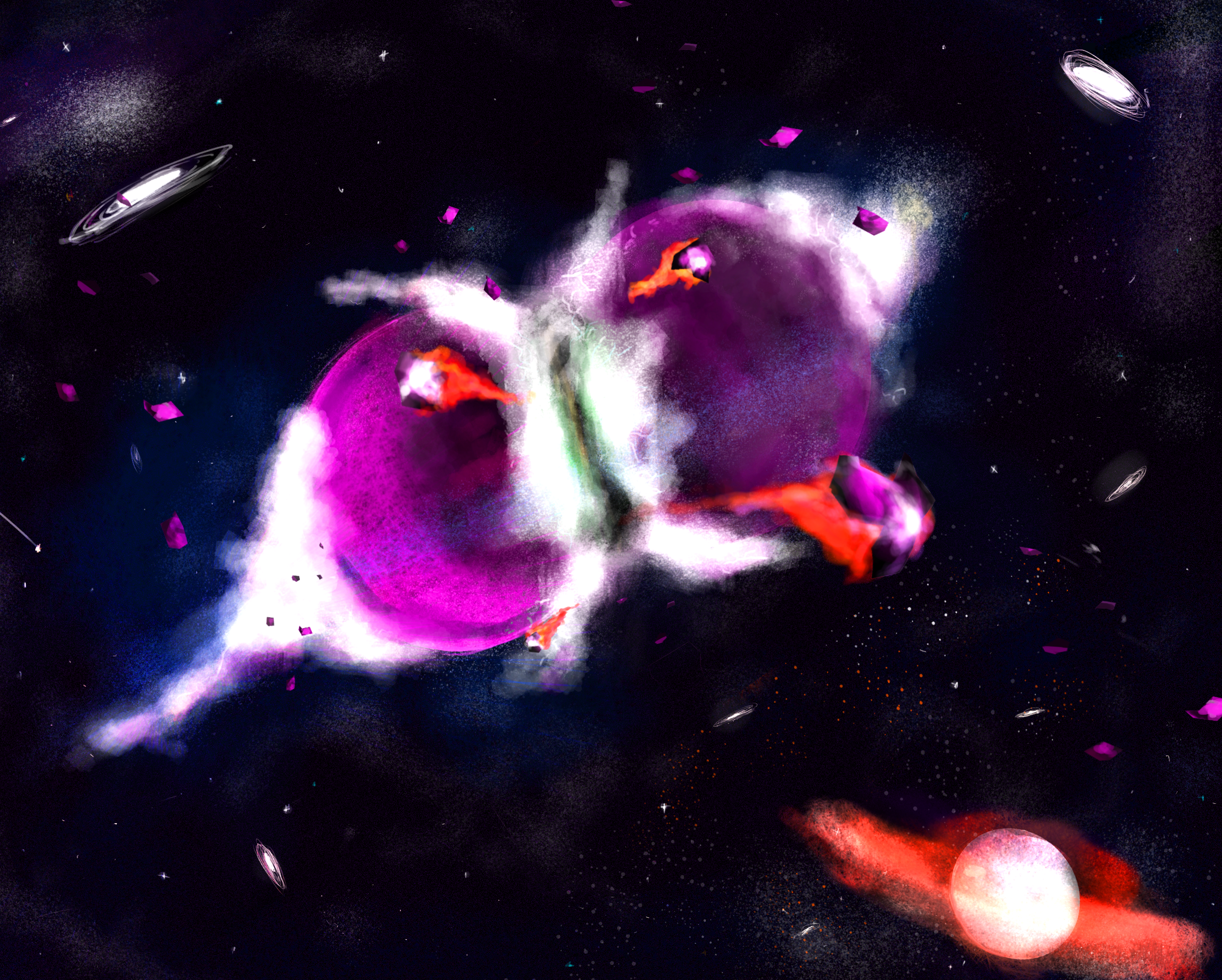
Meteorites remember conditions of stellar explosions - "The composition of the early Solar System can be inferred from meteorites. Many elements heavier than iron were formed by the rapid neutron capture process (r-process), but the astrophysical sources where this occurred remain poorly understood. We demonstrate that the near-identical half-lives (≃15.6 million years) of the radioactive r-process nuclei iodine-129 and curium-247 preserve their ratio, irrespective of the time between production and incorporation into the Solar System. We constrain the last r-process source by comparing the measured meteoritic ratio 129/247Cm = 438 ± 184 with nucleosynthesis calculations based on neutron star merger and magneto-rotational supernova simulations. Moderately neutron-rich conditions, often found in merger disk ejecta simulations, are most consistent with the meteoritic value. Uncertain nuclear physics data limit our confidence in this conclusion. "
Read the full article here: | Science - EN |
You can find the press release here: | NSCL News - EN |
Discovering the Origin of Our Sun - "The Sun is a star that formed 4.6 billion years ago in our Milky Way Galaxy. It is the largest and most massive object in our Solar System, whose energy enables life on our planet. What happened at the time of its birth? Was its formation similar to most stars in our Galaxy, or did it form in special circumstances? ERC grantee Maria Lugaro at the Konkoly Observatory in Budapest seeks to answer these questions by investigating the Solar System’s chemical origin. Her discoveries could help untangle the secrets of stars' potential to harbour Earth-like planets, and ultimately life..."
Read the full article here: | ERC Webpage - EN |

To unravel one element of stellar evolution - "...They want to understand how the elements that make up planets and us, humans, are formed during the processes that take place inside stars. The group's PhD student, Hannah Elisabeth Brinkman, is searching for the source of the radioactive isotope aluminum-26..."
Read the full article here: | innotéka - HU |

Discovering the birth of the Sun: clues from radioactive nuclei - "While we are very familiar with our Sun and Solar System today, we know surprisingly little about the circumstances in which they were born.
- In which kind of ‘nursery’ did our star come to life in the galaxy?
- Was our star born alone, out of a solitary gas cloud?
- Was it born together with a number of siblings in a larger gas cloud where several other stars could spawn together?
- Or was it born in a large region of star formation, where many families of stars were born together, and even different generations were allowed to come to life with a significant birth time difference? The Sun’s birth cluster may have contained a few or many thousand siblings and be located within a small or a giant stellar nursery, perhaps even rare types of stars were there nearby! How can we discover this?
Answering these questions is crucial to be able to put our Sun, our planetary system, and ourselves within the context of the hundreds of billion stars and, potentially, as large a number of planetary systems in our Milky Way Galaxy..."
Read the full article here: | The Project Repository Journal - EN |
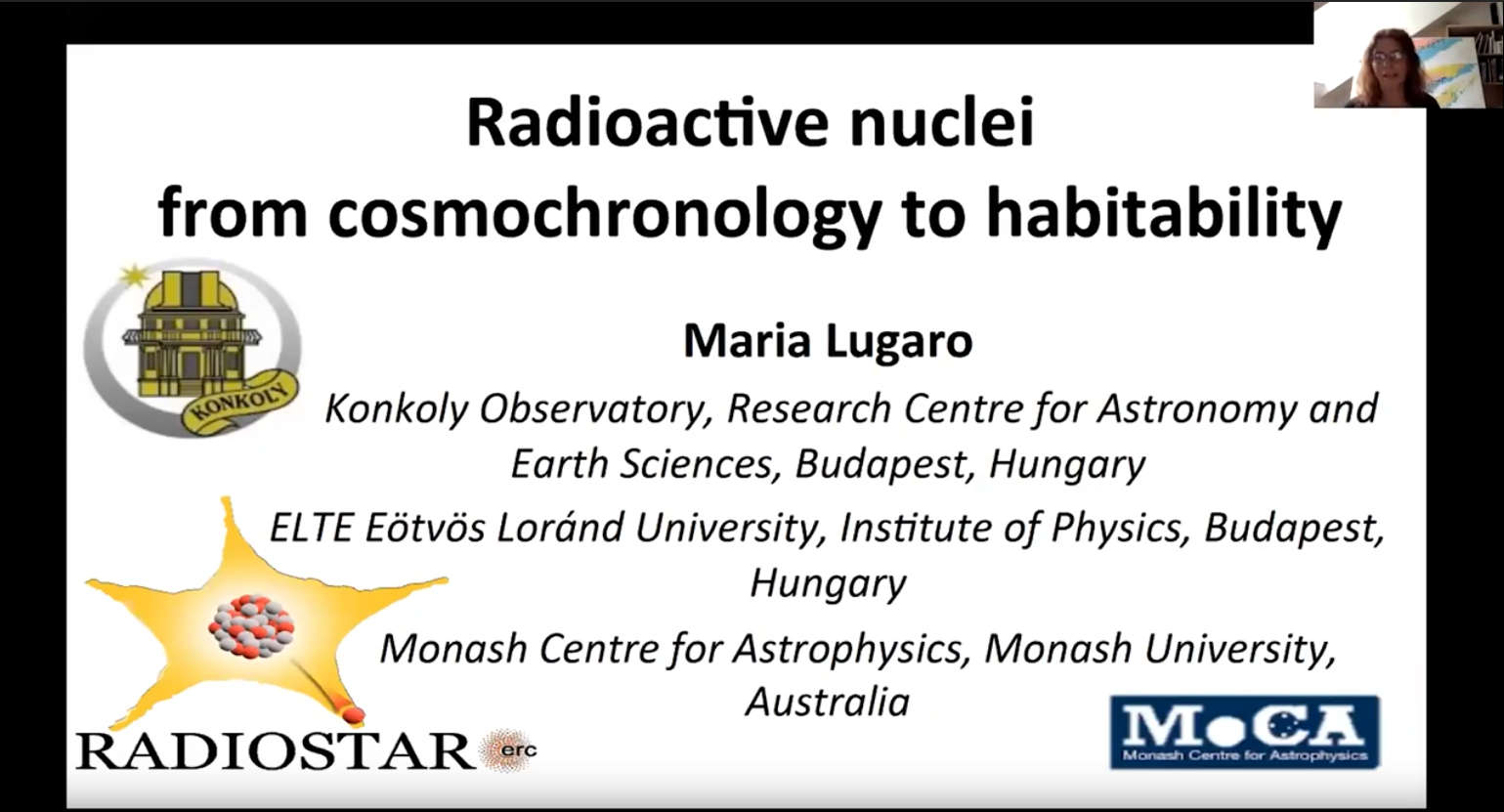
EAS 2020 PLENARY SESSION, Monday 29.06.2020 - Radioactive nuclei from cosmochronology to habitability, by Maria Lugaro
Watch the plenary session here: | YouTube - EN |

Radionuclide Production in Massive Binaries "Hannah Brinkman (Konkoly Observatory) and Frank Timmes chat about her recent AAS Journal article on radionuclide production in massive binaries, and where we can go from here given the published article."
Watch the interview here: | YouTube - EN |
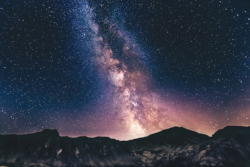
Galactic Archeology at Normafa What is the role of the giant stars in the evolution of the composition of our galaxy? One of the research groups of the Konkoly Observatory followed in the footsteps of the origins of the elements...
Read the full article here: | innotéka - HU |
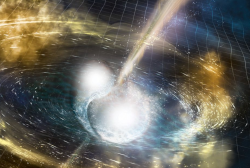
Credit: © National Science Foundation/LIGO/Sonoma State University/A. Simonnet
Traces of Gold in Early Universe "The cosmic origin of heavy elements such as gold, platinum, uranium, and plutonium is a mystery. Soon after the Big Bang, 13.7 billion years ago, those elements did not exist. Scientists know they must have been created via a nuclear reaction pathway called the rapid neutron-capture process (r-process). Where and when this process has taken place in the universe is unknown..."
Read the full article online: | Space Daily - EN | SPACE.com - EN |

